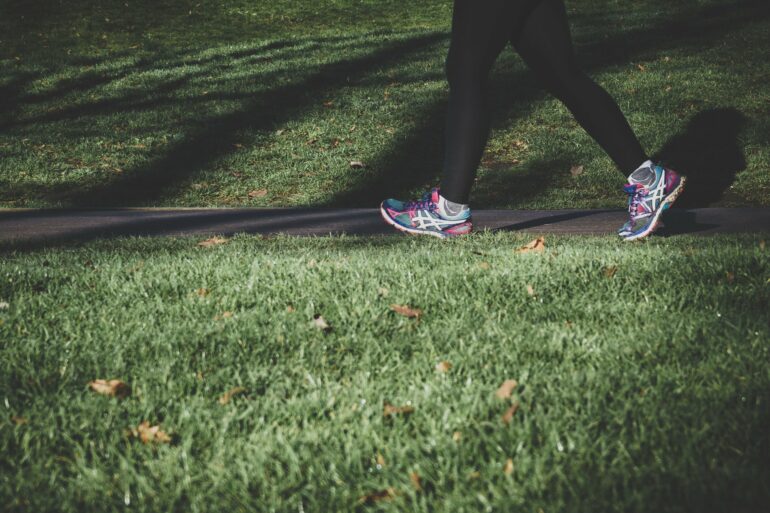Think about taking a walk: where you need to go, how fast you need to move to get there, and whether you need to bring something along to carry the results of your errand.
Are you going on this walk with someone else? Does walking with a friend change your preparation? If you’re walking with a child, do you remember to bring an extra sweater or a snack? You probably did – because people intuitively vary their plan depending on their current needs and situations.
In my research as an anthropologist, I’ve focused on the evolution of human walking and running because I love the flexibility people bring to these behaviors. Humans in all kinds of environments across space and time vary how far they go, when they go and what they go for – whether food, water or friends – based on a multitude of factors, including season, daylight, rituals and family.
Anthropologists split their studies of human activity into two broad categories: what people need to do – including eat, keep their kids alive and so on – and what solutions they come up with to accomplish these needs.
How people keep their children alive is a key issue in my research because it has a direct impact on whether a population survives. It turns out that kids stay alive if they’re with adults. To this end, it is a human universal that women carry heavy loads every day, including kids and their food. This needs-based behavior seems to have been an important part of our evolutionary history and explains quite a few aspects of human physiology and female morphology, such as women’s lower center of mass.

Women are built for endurance. What needs-based behaviors drove this evolutionary path?
Robert Decelis/Stone via Getty Images
The solutions to other key problems, like specifically which food women will be carrying, vary across time and space. I suggest that these variations are as integral to explaining human biology and culture as the needs themselves.
Impacts of uncommon activities
Evolutionary scientists often focus on how beneficial heritable traits get passed on to offspring when they provide a survival advantage. Eventually a trait can become more common in a population when it provides a useful solution.
For example, researchers have made big claims about how influential persistence hunting via endurance running has been on the way the human body evolved. This theory suggests that taking down prey by running them to exhaustion has led to humans’ own abilities to run long distances – by increasing humans’ ability to sweat, strengthening our head support and making sure our lower limbs are light and elastic.
But persistence hunting occurs in fewer than 2% of the recorded instances of hunting in one major ethnographic database, making it an extremely rare solution to the need to find food. Could such a rare and unusual form of locomotion have had a strong enough impact to select for the suite of adaptive traits…



